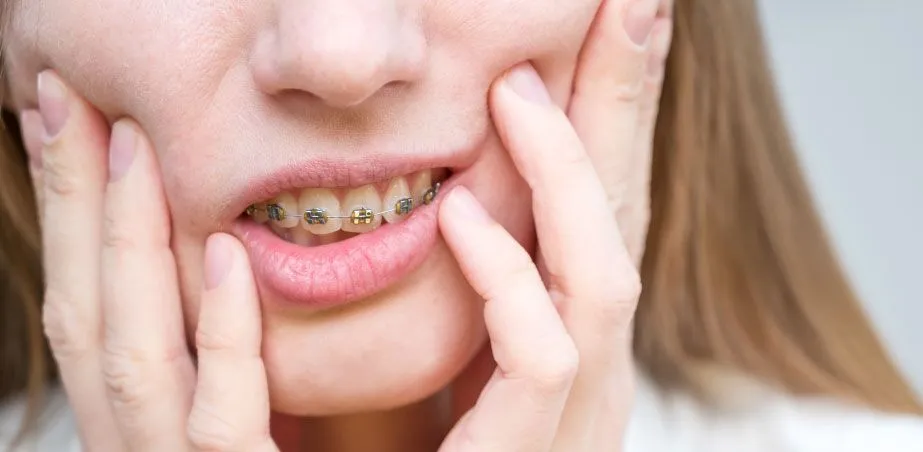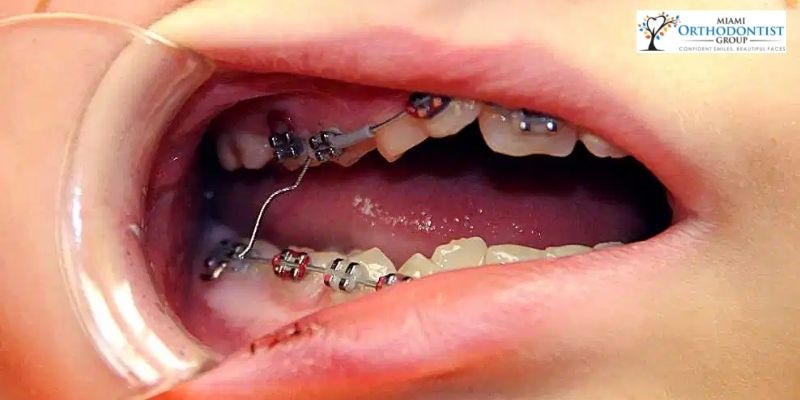Uncategorized
What can I do to make my treatment go faster or stay on schedule?
- Written by
Michael Noorani - Posted on
Sep 19, 2025


The biggest factor in keeping orthodontic treatment on schedule is following your orthodontist’s instructions closely. For braces, that means avoiding foods that could break brackets or wires, keeping up with excellent oral hygiene, and not missing adjustment appointments. For clear aligners, wearing them for the recommended 20–22 hours per day is essential; even a few hours out of the mouth daily can slow progress. Some orthodontists also offer acceleration devices or techniques that may help teeth move more efficiently, though these are case-dependent. In short, patient cooperation is the key to a smooth, timely treatment.

We know that investing in your smile is a big decision, and we want to make it a..

At our office, we’re happy to welcome patients with most insurance plans, maki..

The decision depends on several factors: the severity of the misalignment, bite ..

Yes. Aligning teeth and correcting bite issues can subtly change how the lips, c..

Accidents happen, and it’s important to act quickly. First, check for injury t..

Aligners can generally be worn during non-contact sports without issue. For cont..

In some cases. A narrow palate or misaligned bite can contribute to restricted a..

Orthodontic treatment is generally very safe, but like any medical or dental pro..

Clear aligners can be very effective, but whether they work as well as braces de..

In an orthodontic emergency, the most important thing is to stay calm—most sit..

If you have a project in mind, let’s talk.

Share this article